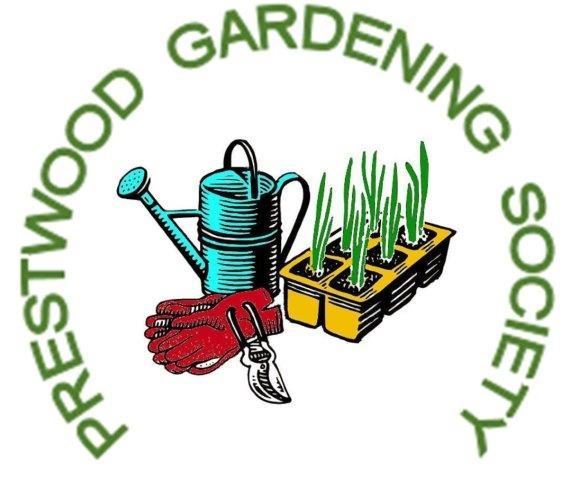Return to Annual Show Page
Some Tips for Exhibitors in the Vegetable, Fruit and Floral Sections.
After the last show, the judges made some comments about the exhibits and suggested that we could try to help those exhibitors showing for the first time. If you are an experienced exhibitor you may think some of these tips are “stating the obvious”: if so we apologise! Our tips follow the RHS Horticultural Show Handbook (7th Edition 2008) – Steve Yates has copies available.
Read the Show Schedule carefully before deciding your entries. The Judge will read the description of each class before judging it. If your entry does not meet the description it will be declared NAS- not according to schedule – and will not be included in the judging.
Judging Vegetables
The following features will be considered:-
Condition - Cleanliness, freshness, tenderness and the absence of coarseness and blemishes.
Uniformity – Specimens should be alike in size, shape, condition and colour.
Size – Large specimens of good quality and uniformity require more skill than the production of smaller specimens and will be rewarded accordingly.
Common Mistakes – too many specimens or not enough in a class
As a general rule the calyces/stalks (Tomatoes) and the evidence of leaves (Carrots) should be left on the specimen.
Judging a Collection of Vegetables
Maximum Points - The Exhibition value of any vegetable is governed by how difficult it is to grow and each is allocated maximum points between 12 and 20.
Judging Fruit
Condition, Uniformity, Size and Colour will be considered.
Ripeness and colour are particularly important. Apples, pears and gooseberries in summer shows are excluded from this rule.
The preservation of natural bloom on the surface of the fruit is desirable. All stalks and calyces should be fresh.
All fruits, except dessert apples, should be somewhat above the average size for the cultivar but enormous specimens should not be preferred..
Judging Flowers and Ornamental Plants
In assessing the merits of most exhibits of flowers and some exhibits of pot plants consideration will be given to condition and uniformity.
Staging flowers and ornamental plants is particularly important. Although no points are awarded for arrangement, attractive presentations catch the eye of the judge. In the case of cut flowers in metal vases (supplied by the PGS) experienced exhibitors use newspaper or ‘Oasis’ in the vase to stabilise the individual stems.
Dahlias are classified into 13 Groups.
Class 36 calls for 3 blooms from the Decorative Group.
Class 37 calls for 3 blooms from the Cactus Group
Class 38 calls for 3 blooms from the remaining 11 Groups.
Class 40 calls for a collection of mixed flowers in one bowl, with a maximum diameter of 8 inches. A bowl is a vessel where the mouth width measurement is at least equal to, but usually greater than its height. A vase has a greater height than the width measurement of its mouth.
The Pot Plant classes 44 – 48 give the exhibitor a wide range of possibilities, but ensure that your flower pot is clean and within the maximum pot size limits.
Conclusion
We do not wish to put you off showing – in fact it can be great fun. We welcome new exhibitors and if you want some advice please approach any committee member or the show stewards on the day. We look forward to seeing you at the Show.
Return to Annual Show Page
